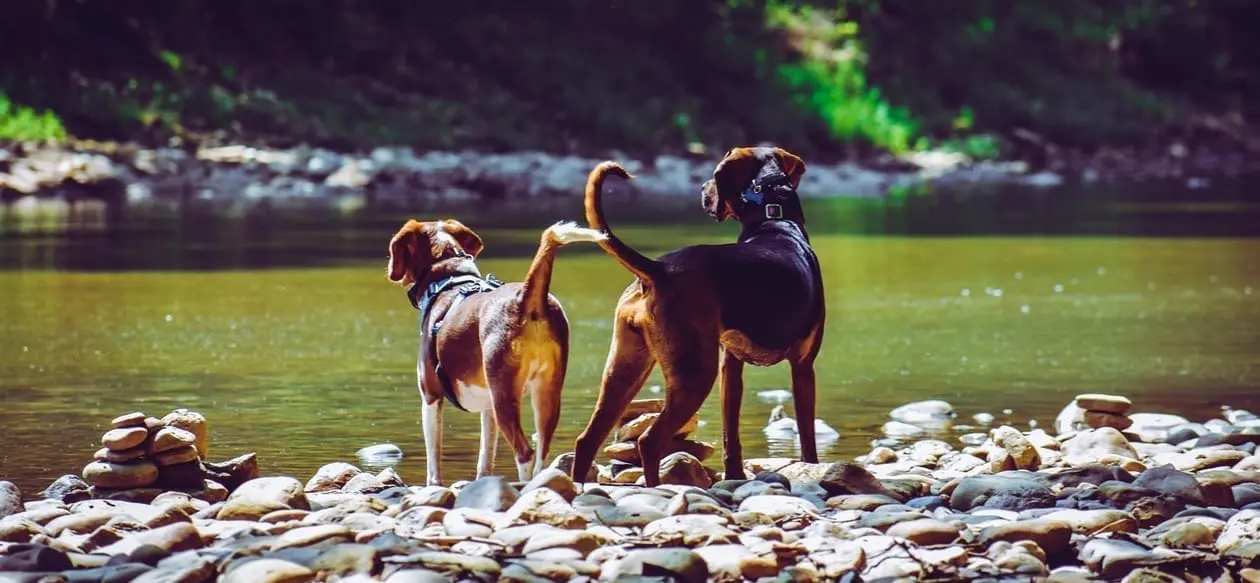
We also assess specific behavioural training:
- Walking on a lead without excessive pulling
- Does not jump up at people
- Does not bark during the assessment (this could be an indication of stress)
- Does not display any signs of stress e.g. turning away, excessive licking (read more about stress in dogs here).
- Does not lick people
- Does not display any signs of mouthing
- Responds quickly to recall
Can I train my dog to be a therapy dog?
With the right training, those dogs who love to be around people and are comfortable with novel items and noises can make great therapy dogs. Wherever possible, training should begin from being a puppy, however there are many cases where rescue dogs have made fantastic therapy dogs too.
If you are thinking of training a puppy for animal assisted therapy, it’s vital that he or she is socialised from a young age, both with humans and other dogs, so that they become balanced and grounded in adulthood. They should also become habituated to unusual noises, novel items and different textures. Puppies have what is called a ‘critical socialisation period’ between the ages of approximately 3 and 12 weeks. During this phase, it’s important to give your puppy lots of positive experiences around different sounds, sights, textures and smells. Watch their body language and never force them into situations that they’re not comfortable with. Take it slow, provide lots of gentle encouragement and always give them a choice as to whether they want to interact with something or not. This is vital when building their confidence.
Regardless of the age of your dog, before thinking about enrolling in therapy, it’s important that they have basic obedience training. This includes sit, lie down, come, walking to heel and stay. It’s also essential that they are taught not to help themselves to food lying around as, depending on the establishment you are looking to visit, there may well be tempting plates within reach. A strong ‘out’, ‘drop’ and / or ‘leave’ cue is also recommended. Therapy dogs don’t need to know any fancy tricks (although we’re sure that would put an extra big smile on people’s faces!), it’s more important that they are calm and obedient.